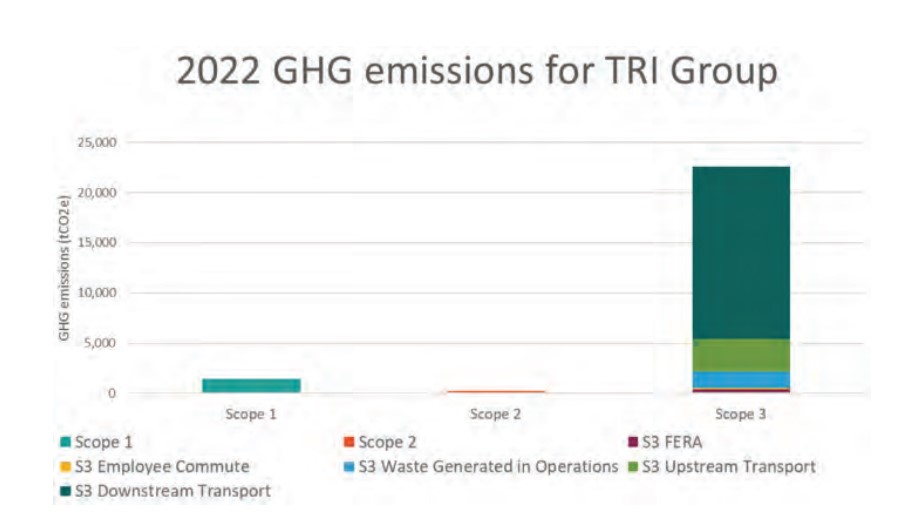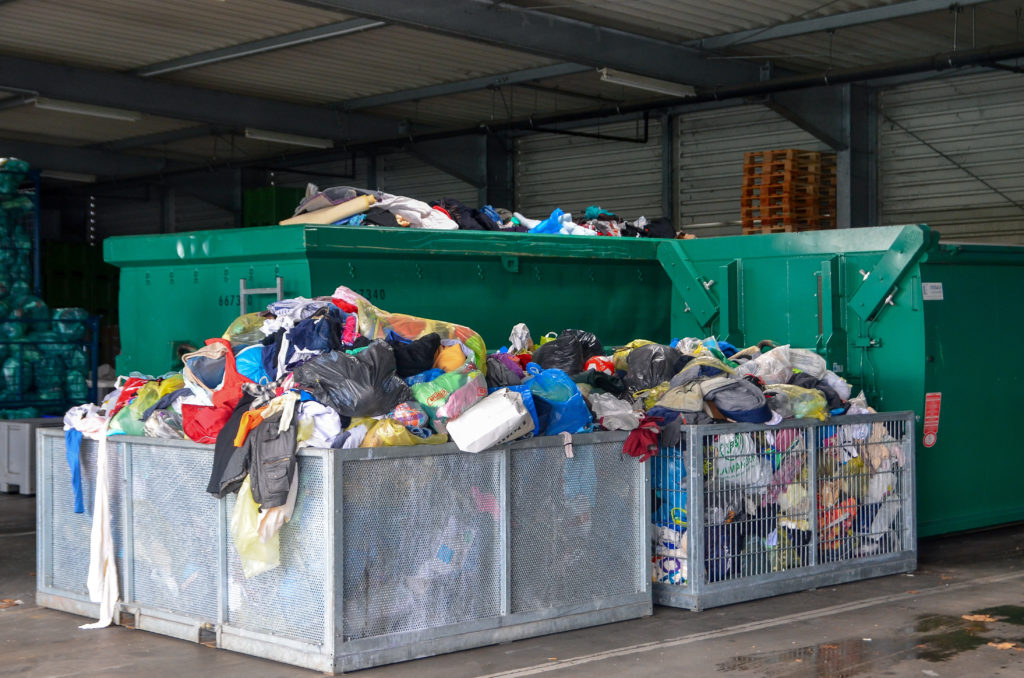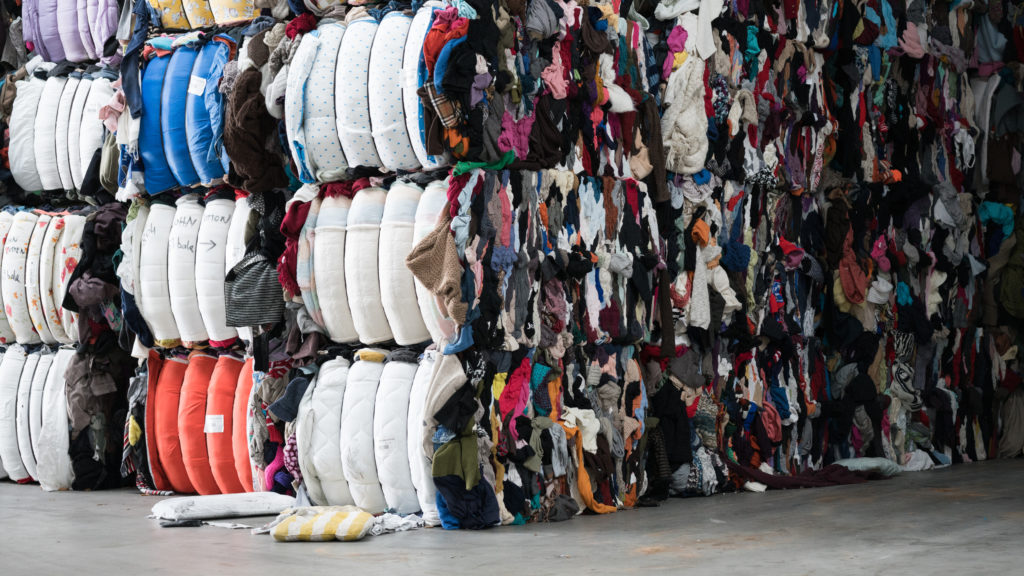The TRI Group says it is Europe’s largest collector and sorter of used clothing, shoes and textiles. It was formed in in September 2016, and in October that year it acquired JMP Wilcox Ltd, before acquiring I&G Cohen Ltd in April 2017 (see letrecycle.com story). It now also owns A Tex, Cookestown Textile Recyclers, Nathans Wastesavers and SWD clothing.
The group asked Eunomia to undertake an independent greenhouse gas inventory and comparative assessment for 2022. The aims behind the report are to “inspire transparency by sharing its outcomes openly. This could motivate other enterprises engaged in used clothing reclamation, processing, and recycling to do the same.”
Emissions
Emissions from TRI Group’s own operations (Scope 1 & 2) for 2022 have been measured at 2,000 tonnes of carbon, the equivalent of the average annual impact of 445 cars driven for one year.
It’s scope 1, 2 and 3 emissions, including transport and export have been measured at 24,000 tonnes, the equivalent of 5,340 cars driven for one year – or 176,000 tonnes and 39,165 cars if the end of life treatment of sold products is included.
Scope 3 emissions are are not produced by the company itself and are not the result of activities from assets owned or controlled by them, but by those that it’s indirectly responsible for up and down its value chain.

Impact
The report added that the emissions avoided due to preventing the production of new textiles through reuse and recycling cannot be accounted for under the protocol used.
However, TRI said these impacts “are very significant” and a key environmental benefit of reuse.
The report added: “The delayed carbon release due to clothing (particular natural fibres) being kept out of landfill for longer is not included as greenhouse gas accounting typically operates on a 100 -year (sometimes 20-year) period, during which we would assume the clothes will be disposed of (i.e., after reuse). However, in the context of an imminent climate crisis, delaying emissions for three years (the lifetime of a reused garment) is still beneficial.”
Transport
The findings of the report highlight that Downstream Transport represents the “most significant source of greenhouse gas emissions, which will be similar in impact intensity to the shipping of new clothing.”
It also shows that for every ten pieces of reused clothing sold it would only need to displace one or two new items of clothing to provide a greenhouse gas benefit. TRI said this will not necessarily be across the sector, as “many companies or collectors can’t reutilise or dispose of unusable goods as efficiently, leading to a substantial negative GHG impact”.
The company said introducing standards and compliance systems for the quality of textiles shipped abroad would “go a long way to address these issues” as without them unscrupulous companies are able to profit off of what are essentially illegal waste exports.











Subscribe for free